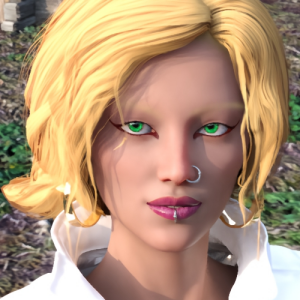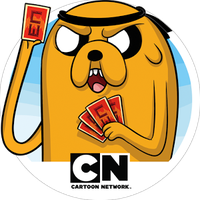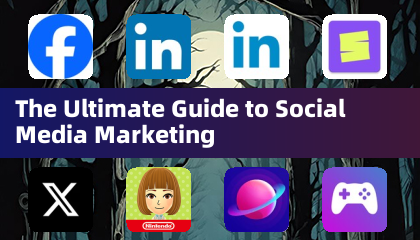Players eagerly anticipate each new release of Monster Hunter, curious about how their preferred weapons will feel in the latest installment. Each of the 14 weapon types in the series showcases unique characteristics while adapting to the design of each new game. Monster Hunter: World eliminated segmented areas during quests, and Monster Hunter Rise introduced Wirebug action, both of which influenced weapon dynamics. In Monster Hunter Wilds, which aims to provide a seamless hunting experience, how have the weapons been tuned to fit this concept?
To delve into these crucial gameplay elements, we interviewed Kaname Fujioka, the art director and executive director of Monster Hunter Wilds, and Yuya Tokuda, the director of Wilds. Fujioka directed the original Monster Hunter, while Tokuda has been involved with the series since Monster Hunter Freedom.
IGN First Monster Hunter Wilds Oilwell Basin Artwork

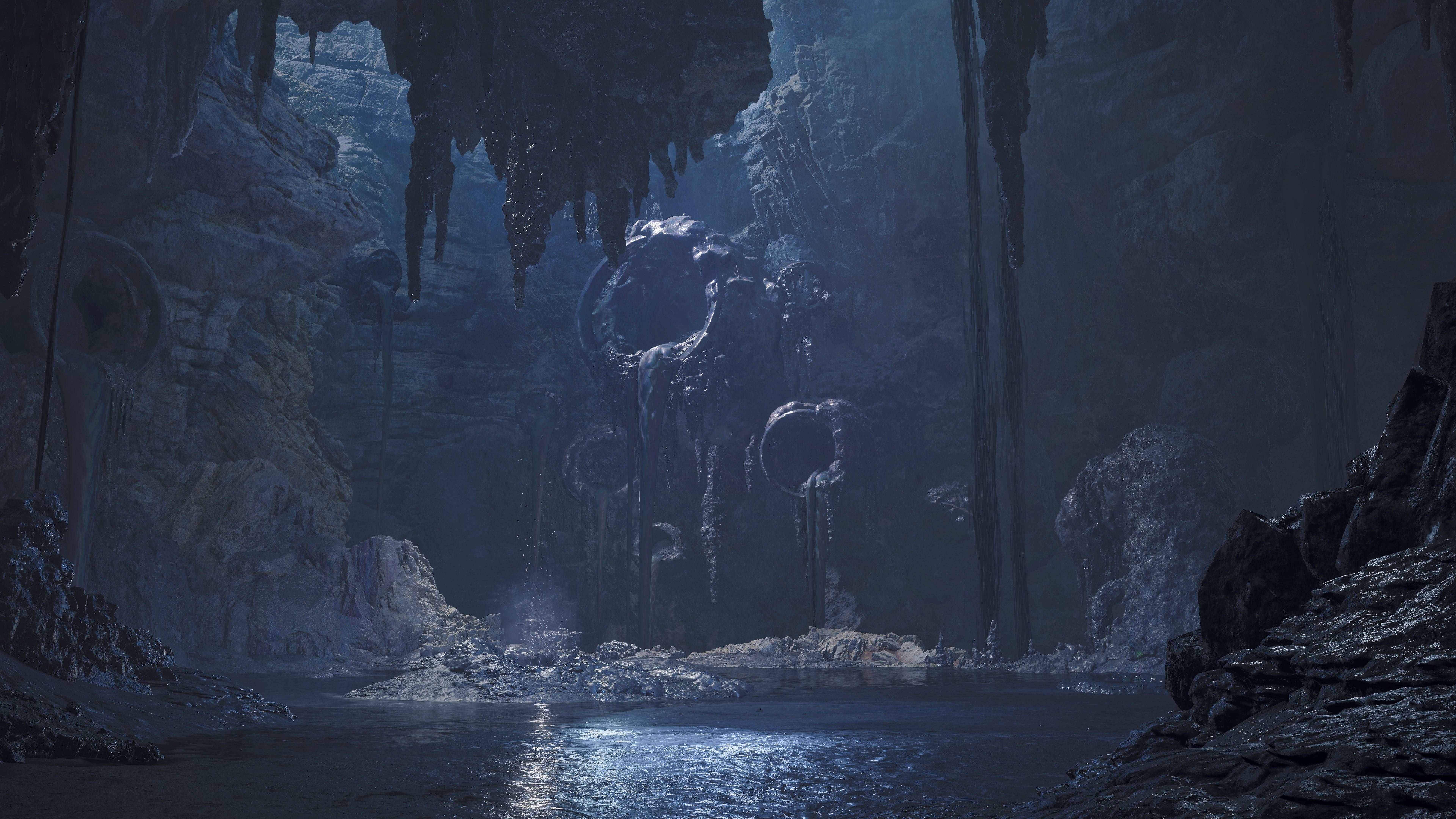 6 Images
6 Images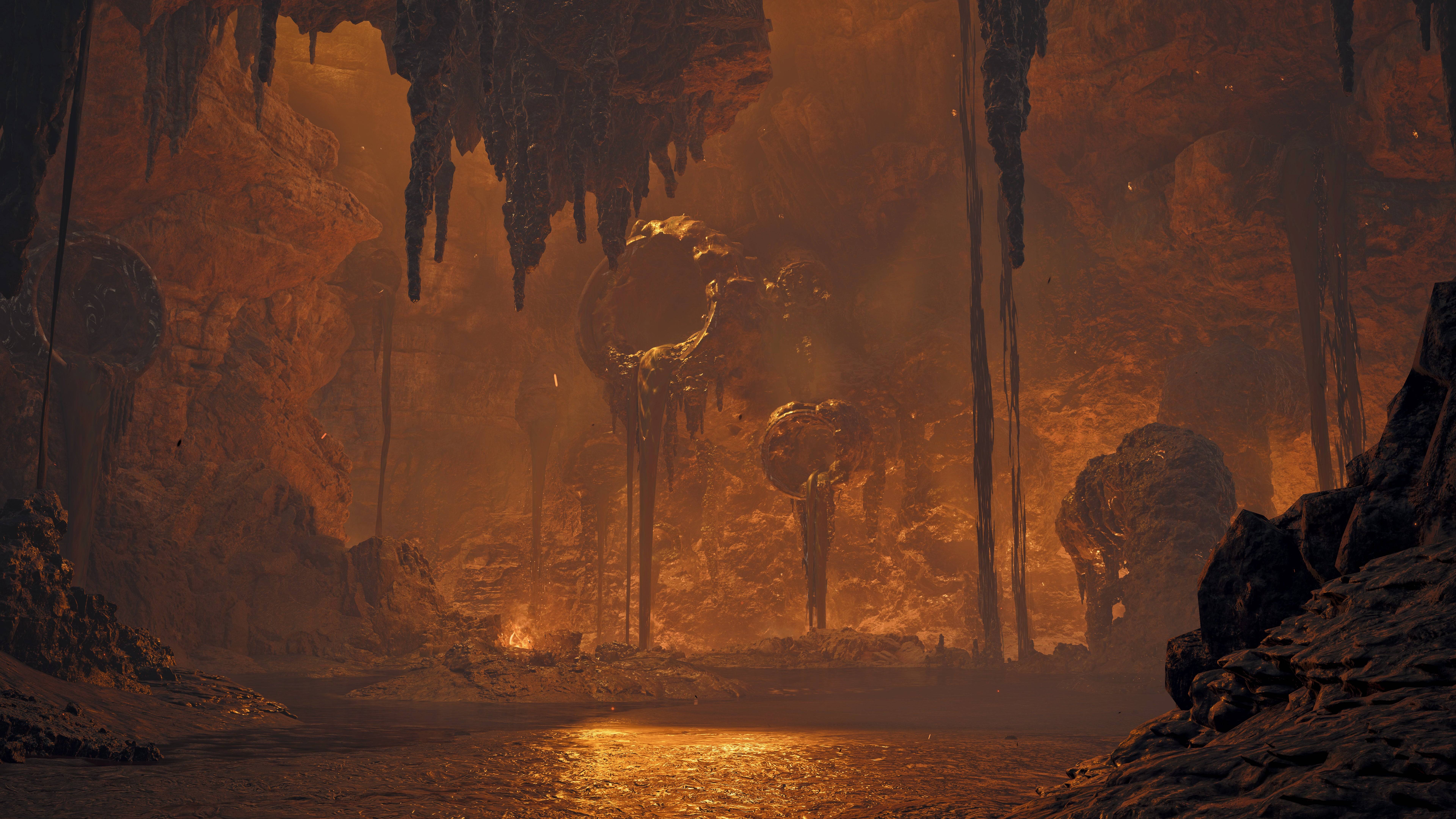
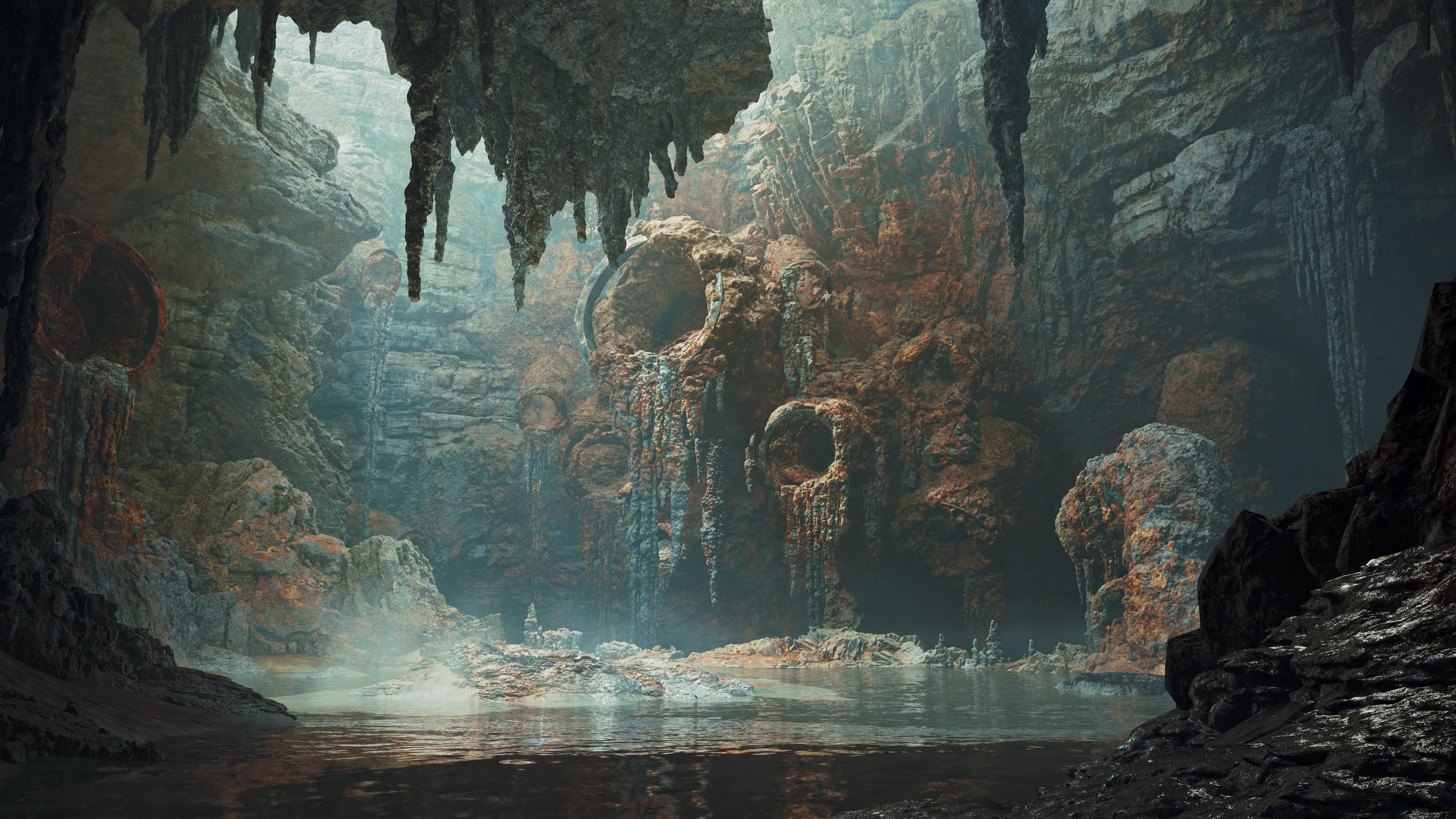

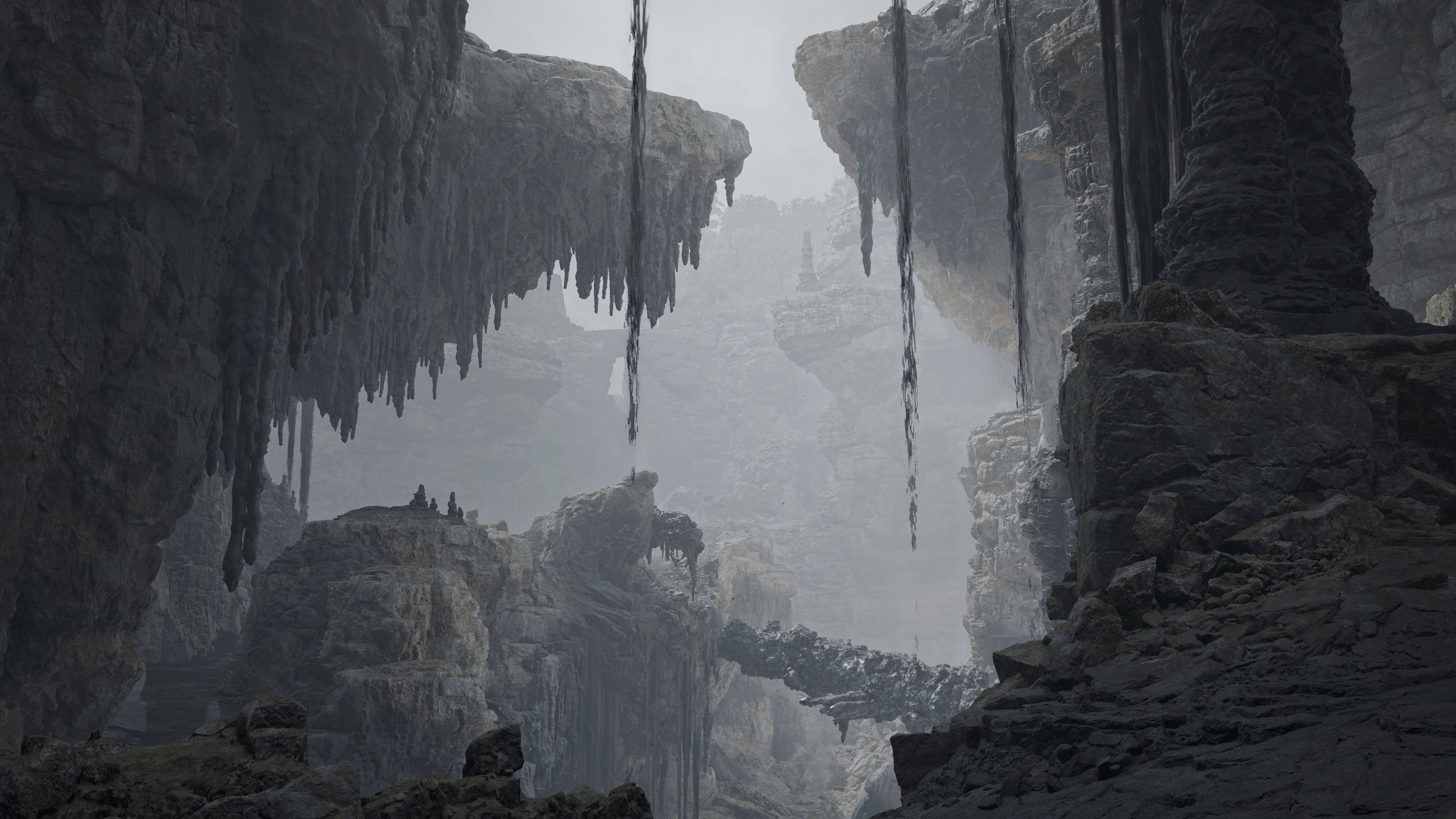 During the interview, we explored the conceptual and developmental processes behind various weapons, gaining insights into adjustments made following feedback from the November 2024 Open Beta Test.
During the interview, we explored the conceptual and developmental processes behind various weapons, gaining insights into adjustments made following feedback from the November 2024 Open Beta Test.
Adjustments for a Seamless World
Tokuda emphasized that significant changes were necessary for several weapons due to the altered gameplay loop in Wilds, which features a seamless map and dynamic weather conditions.
"There are substantial changes to the Light and Heavy Bowgun, as well as the Bow," he stated.
Unlike previous titles where players returned to base to replenish resources, Wilds aims for continuous play, eliminating the need for such interruptions. Historically, ranged weapons like Bowguns and Bows used consumable ammo and coatings, which could be cumbersome without designated restocking periods.
"That's why we designed basic damage sources to be used without expending resources," Tokuda explained. "We balanced it so that normal, pierce, and spread ammo for Bowguns and coatings for Bows can be fired unlimited times by managing a gauge. However, players can still use prepared or field-found materials to create powerful attribute ammo."
These adjustments were part of a broader effort to refine all weapons in line with Wilds' new elements and overarching concept, with ranged weapons seeing the most significant changes. Fujioka added that this extends beyond mechanics into the realm of design.
"We wanted to visually depict the charging of a Bowgun for a special shot," he noted. "Shots that cancel a monster's attack should look convincing. Since the last game, we've focused on making these actions clear and impactful for the player."
Technological advancements have also played a crucial role in enhancing these animations, allowing for smoother transitions between actions like swinging and sheathing weapons. Tokuda highlighted that these detailed animations have expanded the possibilities for hunters.
"Our common goal across all weapons was to ensure they can be used naturally in any situation," he said. "We aimed to achieve this especially when players can't input commands."
For instance, previous games required players to stow their weapon and stop moving to use healing items, a limitation that has been addressed through improved animations.
Fujioka elaborated on the new Focus Mode in Wilds: "We've put significant effort into its action mechanics. Players can move and attack while slightly off-center from their target, enabling continuous attacks in the desired direction. We wanted to realize the gameplay visions players have in mind."
He also noted the rapid technical advancements in animation management and gameplay dynamics, stressing the importance of keeping pace with these changes in action games.
Focus Strikes
A major innovation in Wilds is the system that allows players to wound a monster by continuously attacking a specific body part. The formation of a wound is generally determined by the amount of damage inflicted, with environmental elements like falling rocks or monster battles accelerating the process. For player weapons, wounds form through accumulated damage, showing no inherent differences between weapon types.
Hunters can exploit these wounds to deal massive damage using Focus Strikes in Focus Mode. Each weapon type features unique animations for Focus Strikes, such as the acrobatic maneuvers of dual blades, which might suggest varying capabilities. Tokuda addressed whether these differences extend beyond visuals.
"For Focus Strikes, we aimed to showcase each weapon's uniqueness through animations," he said. "However, the open beta test revealed significant disparities in weapon strength, with some being too powerful and others feeling underpowered. While we allow differences to highlight personality, we don't want extreme imbalances. We're adjusting them for a more standardized experience in the official release."
The wound system offers new strategic options for hunters. For example, targeting a monster's head with a hammer can create a wound, which can then be exploited with a Focus Strike for significant damage. However, this wound turns into a scar, preventing further wounds in the same spot. Players can then focus on other body parts or utilize environmental elements to create unexpected scars. As players progress, they'll discover ways to leverage the environment for strategic advantage. Tokuda likened the wound system to flinching and part breaking, providing new tactical layers to hunting.
"Monsters start quests unwounded, but in Wilds, they can engage in turf wars independently, accumulating wounds before encountering hunters," he explained. "This can lead to advantageous hunting conditions, and sometimes, felling such monsters can yield special rewards, including gems."
The introduction of Focus Mode and wounds has facilitated more impactful attacks, like the Great Sword's Charged Slash. Consequently, adjustments were made to monster health and resilience to maintain balanced gameplay.
"It wasn't our initial intention, but monster health ended up slightly higher than in World to ensure appropriate playtimes and player satisfaction," Tokuda noted. "Flinch resistance is also increased, but this doesn't mean hunts will be tedious. Focus Mode aims to enhance player accomplishment through shorter, more concentrated hunting loops."
The Tempo of the Great Sword
Tuning 14 weapon types requires extensive development effort. We asked Tokuda about the team structure behind this process.
"There are staff members overseeing multiple weapon types, totaling about six planners responsible for the player experience," he responded. "We involve artists and animation designers to discuss movements and potential new uses for weapons as we refine them. We start with the Great Sword as a prototype, then move to weapons like the Sword and Shield and Heavy Bowgun, applying insights to develop the others."
The collaborative effort between designers and artists focuses on creating enjoyable and visually appealing actions. Fujioka shared how Focus Strikes inspired the art team.
"Focus Strikes were a new expression for us, so we concentrated on making them feel good rather than focusing solely on performance," he said. "We typically start with the Great Sword for animations, a tradition since the first Monster Hunter. It's a challenge we're excited to tackle, and the Great Sword's Focus Strike felt so good that it inspired us to push further with other weapons."
The Great Sword plays a pivotal role in shaping Monster Hunter's animation development.
Tokuda added, "Weapons with a heavy tempo like the Great Sword are rare in other action games. We ensure the Great Sword is fun to use as a standard, then differentiate other weapons from it. Once players are accustomed to the game, they'll see the Great Sword as the most well-rounded. It can block, has area-of-effect attacks, and offers moments for solid damage. It's designed for straightforward engagement once you master its weight."
Fujioka noted, "Creating a fun game with the Great Sword's weight makes it easier to develop quicker weapons. If high-tempo weapons dominate, or if monster speeds are adjusted to match, movements will become overly fast. By balancing with the Great Sword's tempo, we maintain the feel of Monster Hunter."
Weapons with Personality
Each hunter has a preferred weapon, and player feedback is crucial for weapon tuning. Fujioka emphasized the importance of highlighting a weapon's unique traits over making them uniformly easy to use.
"We focus on what makes each weapon unique rather than equalizing them," he said. "However, if players can't achieve the intended gaming experience, it's a problem. We've adjusted some weapons for the release version based on open beta feedback."
Tokuda illustrated this with the Hunting Horn, emphasizing its area control through sound.
"I wanted the Hunting Horn to deal substantial damage in its optimal range, using elements like the Echo Bubble for area control," he explained. "We challenged ourselves to leverage its unique sound aspect for damage output. With players able to carry two weapons in Wilds, we're balancing the Hunting Horn to ensure its self-buffs are effective but not overpowering, preventing it from being the only viable secondary weapon."
The developers acknowledge that certain weapons will perform better against specific monsters, but they aim to avoid a single build dominating all hunts. As players progress into the endgame, weapon choices may narrow for efficiency, but maintaining the uniqueness of each weapon and monster remains crucial to Monster Hunter's identity.
Fujioka concluded, "While weapons that excel in time efficiency will be popular, players dedicated to a specific type can still overcome monsters through trial and error."
Tokuda added, "Even with specialized weapons, I hope players bring two to complement each other during hunts."
Build Your Own Skills
Regarding endgame content, the decoration system affects skill builds. Tokuda described how it functions in Wilds.
"Decorations are similar to World, with specific skill abilities activated by placing them into weapon or armor slots," he said. "In Wilds, weapon and armor skills are activated separately. Players can create single-skill decorations through alchemy, ensuring they can obtain any desired skill."
Fujioka reflected on his experience with World, "I never got my Shield Jewel 2. I finished the game without completing my build." (For more details on equipment skills in Monster Hunter Wilds, read here.)
When asked about their favorite weapons, Tokuda mentioned using long-range options like the Heavy Bowgun and Light Bowgun, as well as the adaptable Sword and Shield. He plans to explore all weapons post-release, given the ability to carry two. Fujioka confirmed his preference for the Lance.
"I mainly use the Lance," he admitted. "Positioning is crucial, sticking to a monster's feet or another part. In Wilds, minor adjustments during attacks are easier, offering more tactical choices for Lance users."
The Lance received significant feedback during the open beta, prompting major tweaks for the official release. Tokuda discussed the community's response.
"The Lance wasn't embodying its concept as intended," he said. "We wanted players to guard and counterattack while sticking to monsters, but many actions weren't working properly. We're making significant improvements for the release version, and we hope players look forward to them."
Even during our interview, the Wilds team was diligently working to enhance the hunting experience, responding to player feedback from the open beta. Their commitment to refining the 14 weapon types reflects both their experience and passion as developers and hunters.
Monster Hunter remains an unparalleled action game series, fueled by the dedication of its players and the relentless pursuit of excellence by its developers. For more detailed insights into their response to player feedback, watch the official community update video where Tokuda discusses performance enhancements and weapon adjustments.






